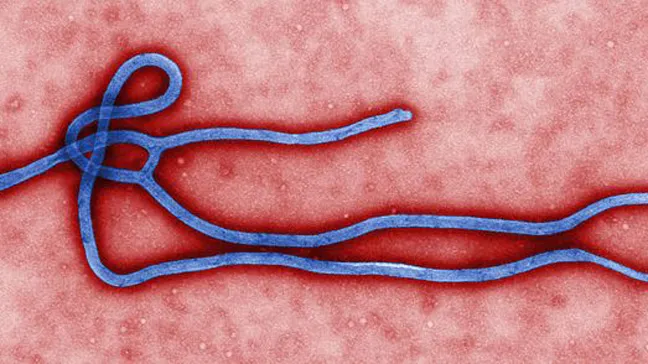Ebola virus disease (EVD) continues to be a major health threat, especially in East-Central and West Africa. A groundbreaking study has uncovered crucial insights into how the Ebola virus (EBOV) might spread through the skin, underscoring the need to explore this transmission route. Published in Science Advances, the research was conducted by a team from the University of Iowa Health Care, Texas Biomedical Research Institute, and Boston University. Their findings suggest that skin could play a role in the transmission of EBOV between individuals.
How Ebola Virus Disease Spreads
The Ebola virus is primarily transmitted through direct contact with the bodily fluids of an infected person, such as saliva, urine, feces, and semen. It can also spread through contaminated clothing and bedding. Recent research has shown that infectious EBOV can be found on the skin, particularly in the later stages of infection, raising concerns about skin as a potential medium for transmission.
Study Design and Approach
To investigate this, the researchers created a human skin explant model using full-thickness skin biopsies from healthy donors. This model enabled them to observe how EBOV interacts with the skin layers. The biopsies were placed dermal side down in culture media, with the virus introduced from beneath, mimicking the virus’s path from the bloodstream to the skin’s surface.
Key Insights from the Study
The research revealed that several cell types within the skin are susceptible to EBOV infection. The virus initially infects cells in the deeper dermis, including endothelial, myeloid, and fibroblast cells, before reaching the outer epidermis. Within just three days, the virus had spread to the epidermis, infecting keratinocytes. This rapid progression suggests that skin contact could be a viable route for person-to-person transmission.
Looking Ahead: Future Research Directions
These findings open up new avenues for research into the role of skin in EBOV transmission. Future studies could focus on developing antiviral treatments that target skin-related infection pathways. Understanding the cellular mechanisms of EBOV in the skin could enhance public health strategies during outbreaks. The researchers also stressed the need for improved models to study skin infection, which could lead to a better understanding of viral load and transmission dynamics, ultimately aiding in more effective containment measures.




